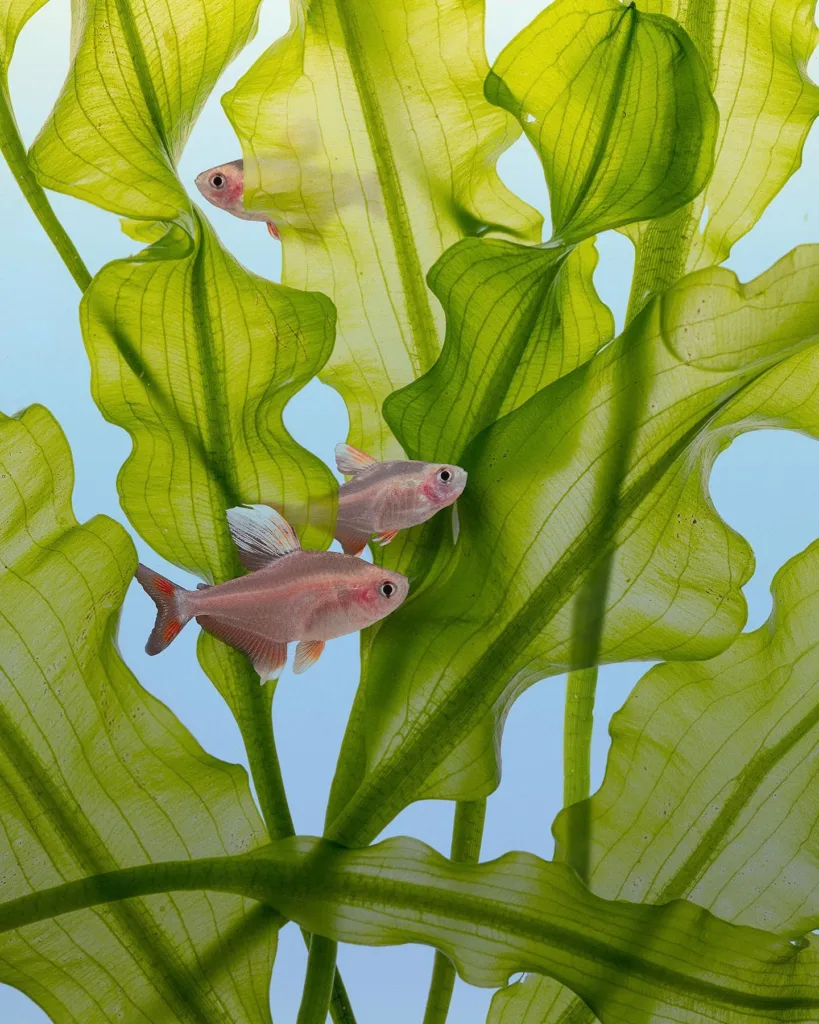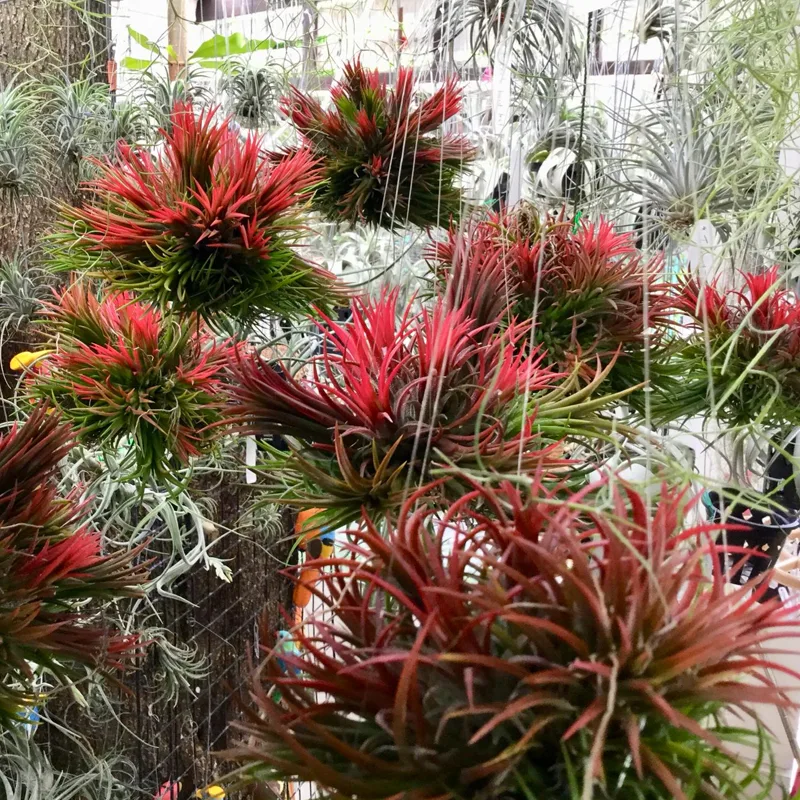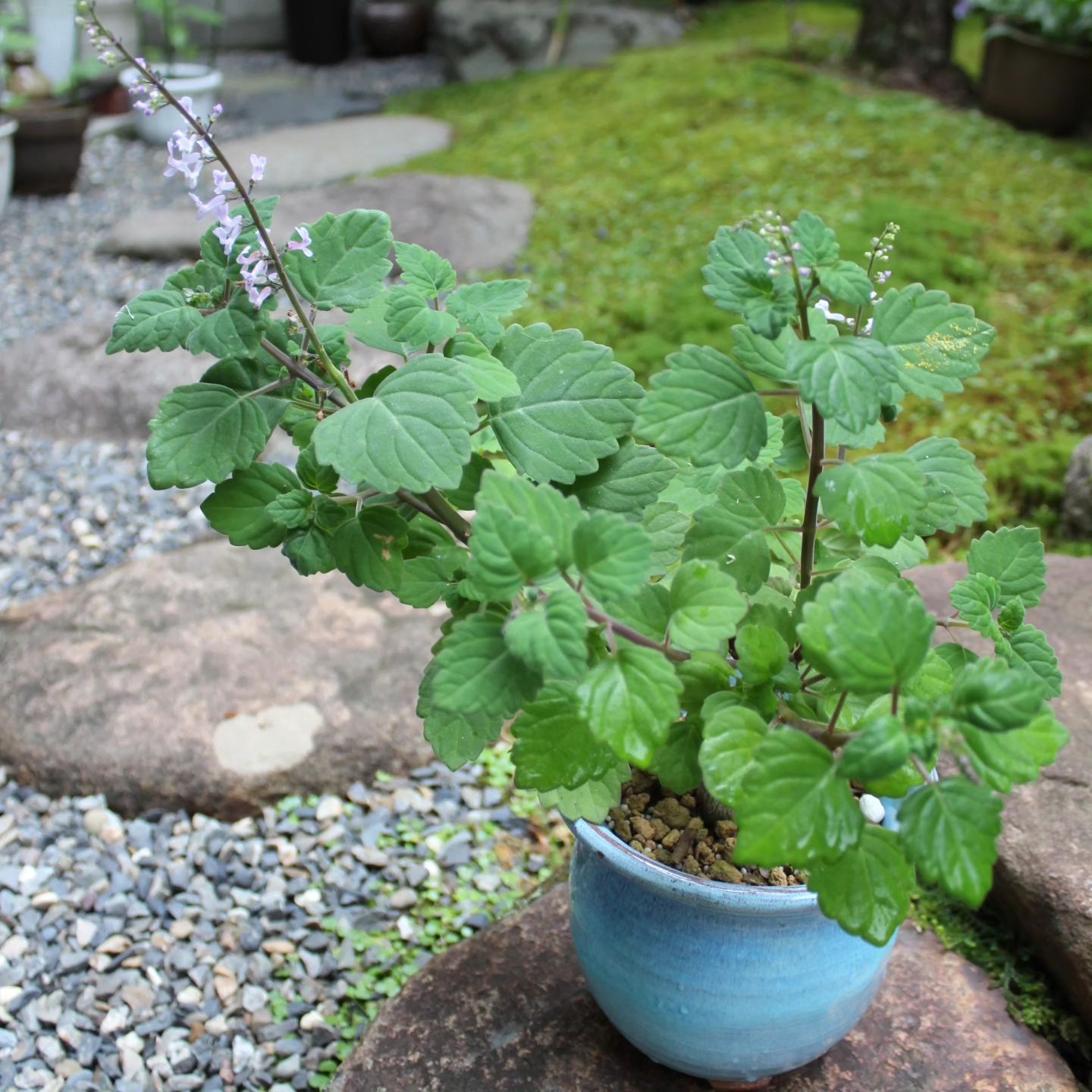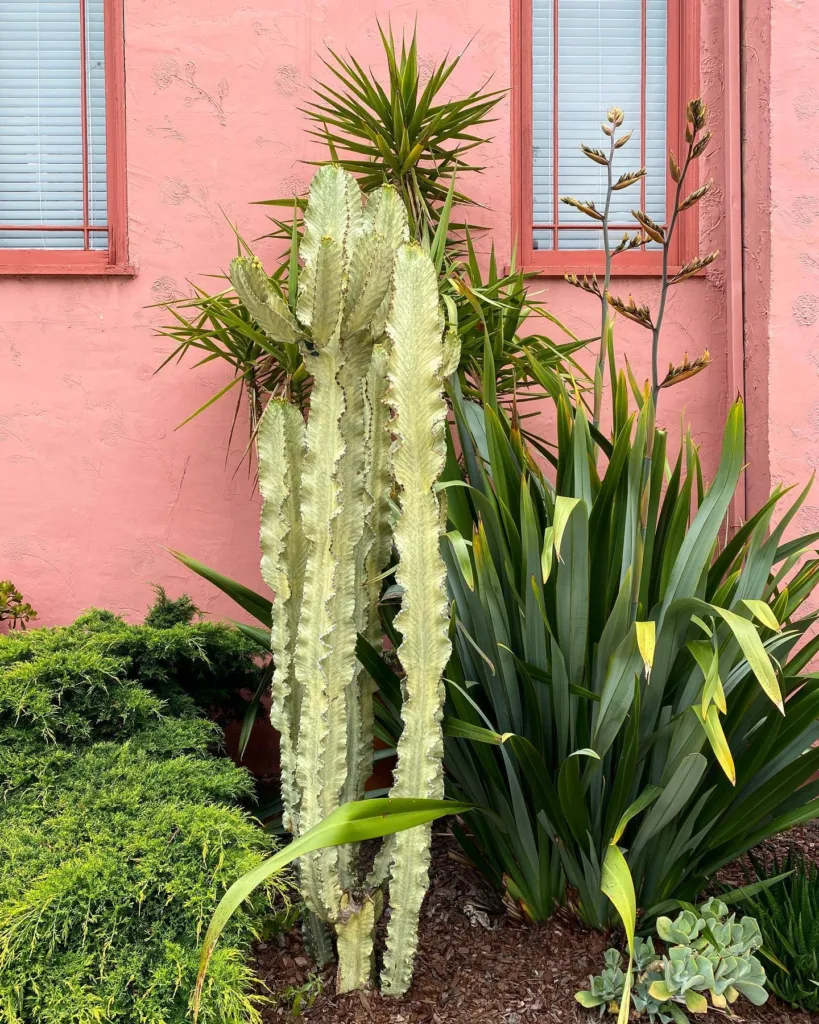Anthurium Angamarcanum: A Collector’s Dream with Emerald Elegance
I’m Ferb Vu, and I’m here to delve into the captivating world of the Anthurium Angamarcanum. This isn’t your average houseplant. With its stunning foliage and captivating blooms, it’s a true collector’s dream, a conversation starter, and a guaranteed showstopper in any indoor space.
But before you rush out and snag one, let’s explore the essentials of caring for this tropical beauty.
1327 Species in Genus Anthurium
What is an Anthurium Angamarcanum?
The Anthurium Angamarcanum is a rare and highly sought-after aroid species native to Ecuador. First described in 1901, it boasts large, deep green leaves with prominent veins that shimmer like veins of emerald. Imagine lush, velvety leaves that unfurl, each one a masterpiece of nature.
This isn’t just a foliage marvel, though. The Angamarcanum produces a dramatic, elongated spathe (modified leaf) and spadix (flower spike) that creates a captivating display. The spathe can range from a deep red to a greenish-yellow, with the spadix often a contrasting yellow or orange.
Hemiepiphyte, Terrestrial, or Epiphyte? This beauty can grow in multiple ways. It thrives as a hemiepiphyte, clinging to trees for support, or as a terrestrial plant, rooting directly in soil. It can even be an appressed epiphyte, growing pressed tightly against its host.
Is the Anthurium Angamarcanum difficult to care for?
The Angamarcanum isn’t the easiest plant, but its rewards are well worth the effort. Here’s what you need to know:
- Light: Think dappled sunlight or bright, indirect light. Direct sun can scorch the leaves.
- Humidity: This is where it gets interesting. The Angamarcanum thrives in high humidity (think 70% or higher). Grouping plants together, using a humidifier, or placing the pot on a pebble tray filled with water can help create a mini humid microclimate.
- Watering: Keep the soil consistently moist, but not soggy. Allow the top inch of soil to dry out slightly between waterings.
- Temperature: Aim for warm temperatures between 65-80°F (18-27°C). Avoid cold drafts.
- Soil: A well-draining, airy potting mix is crucial. Aroid mix or orchid mix works well.
A Word on Feeding: A balanced, diluted fertilizer can be applied monthly during the growing season (spring and summer).
Anthurium Angamarcanum vs. Other Anthuriums: What’s the Difference?
There are many stunning Anthurium varieties, but the Angamarcanum stands out for its:
- Large, Velvety Leaves: Compared to the heart-shaped leaves of the popular Anthurium Clarinervium, the Angamarcanum boasts a more dramatic, elongated form.
- Unique Spathe and Spadix: The elongated, often red spathe sets it apart from the more heart-shaped spathes of varieties like the Anthurium Crystallinum.
- Rarity: The Angamarcanum is less common than many other Anthuriums, making it a coveted addition to any collection.
Care Similarities: Most Anthuriums share similar light, humidity, and temperature preferences. However, the Angamarcanum’s size and growth habit might necessitate adjustments in pot size and support compared to smaller Anthurium varieties.
How do I propagate an Anthurium Angamarcanum?
Propagation can be tricky, but not impossible. Here are two methods:
- Division: If your Angamarcanum has multiple crowns (growth points), you can carefully divide it during repotting. Ensure each division has healthy roots and leaves.
- Stem Cuttings: Take a stem cutting with at least one node (where leaf meets stem) and aerial roots. Plant it in a well-draining mix and maintain high humidity.
Patience is Key: Propagation can take weeks or even months. Be patient and provide consistent care.
Common Anthurium Angamarcanum Problems:
- Brown Leaves: This can be a sign of underwatering, overwatering, or low humidity. Check your watering routine and adjust humidity levels if needed.
- Yellowing Leaves: Similar to brown leaves, yellowing can indicate various issues. Rule out underwatering, excess light, or nutrient deficiency.
- Pests and Diseases: Mealybugs, spider mites, and fungal gnats can be occasional problems. Neem oil or insecticidal soap can be used for pest control, while proper watering and air circulation can help prevent fungal diseases. Early detection and treatment are key. For more specific solutions, consult a local nursery or reliable online plant care resources.
Where can I buy an Anthurium Angamarcanum?
Due to its rarity, the Angamarcanum might not be readily available at your local garden center. However, you can try online retailers specializing in rare aroids or collector’s plants. Be prepared for a higher price tag compared to more common Anthurium varieties.
Beware of Scammers: Since the Angamarcanum is sought-after, some online sellers might offer unestablished plants or misidentified varieties. Do your research, choose reputable sellers, and inquire about plant size, maturity, and return policies before purchasing.
Anthurium Angamarcanum: A Plant Worth the Effort
The Anthurium Angamarcanum is a captivating addition to any plant collection. Its stunning foliage, unique blooms, and air of exclusivity make it a true conversation starter. With a little extra TLC and the right environment, you can cultivate this tropical gem and enjoy its beauty for years to come.
Remember, the reward is well worth the effort. So, if you’re looking for a challenge and a chance to own a piece of botanical elegance, the Anthurium Angamarcanum might be the perfect plant for you.
If i die, water my plants!



